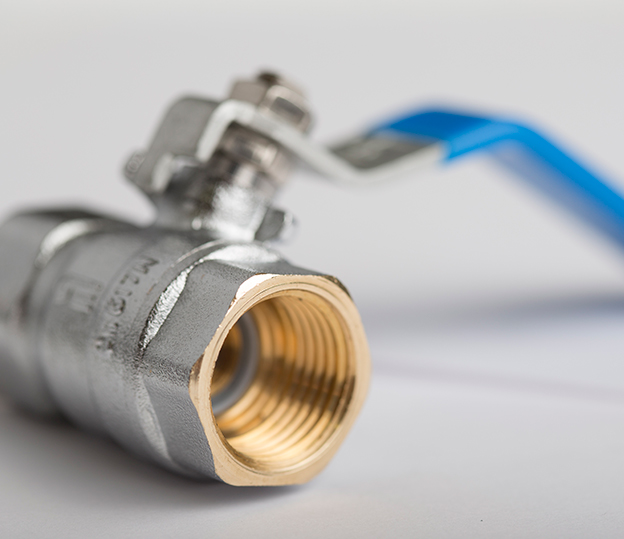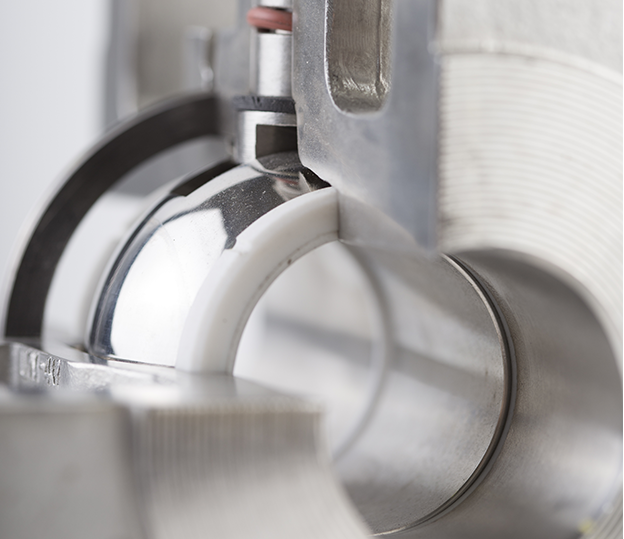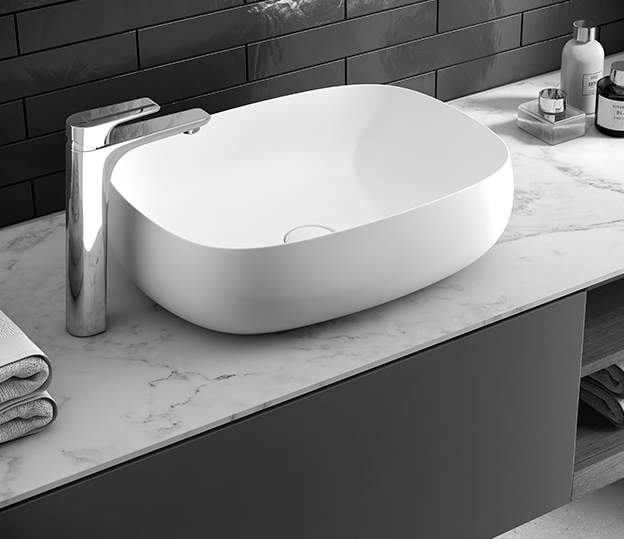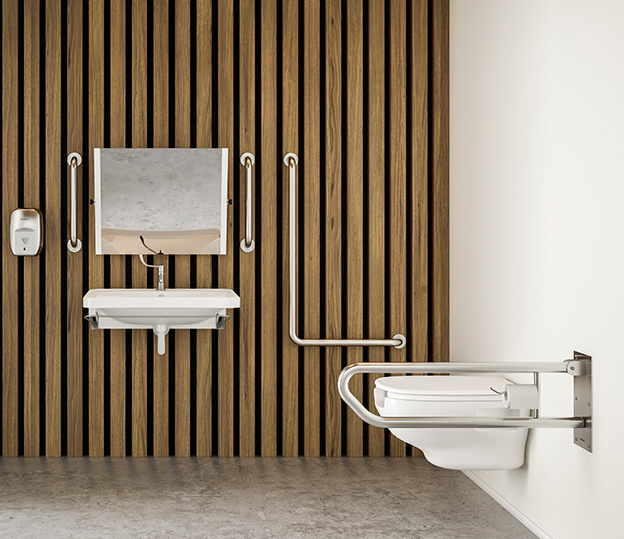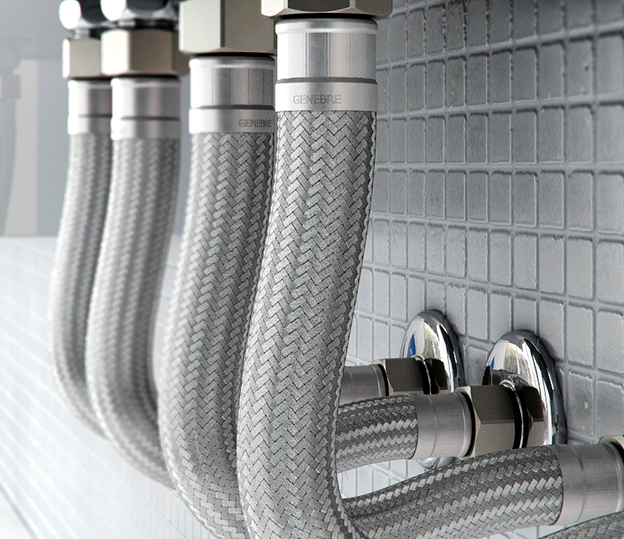-
Construction in stainless steel according to AISI 304
Stainless steels are iron-chromium alloys with a minimum of 11% chromium.
The addition of other elements to the alloy allows for an extensive group of materials to be formed, which is known as the family of stainless steels. Two alloy elements are most noteworthy: chromium, an element present in all stainless steels due to its role in resistance to corrosion, and nickel due to its mechanical property memory.The most popular austenitic stainless steel is AISI (American Iron and Steel Institute) Type 304, which basically contains 18% chromium and 8% nickel, with a carbon content limited to a maximum of 0.08%. It is widely used in chemical, pharmaceutical, alcohol and aeronautics industries and in architecture, food-related sectors and transport. It is also used in cutlery, crockery, sinks, lift linings and endless other applications.
-
Construction in stainless steel CF8M
The name of a given steel also changes according to whether it is a rolled or forged product (AISI classification is used, e.g. TP304 for pipes and tubes, F304 for forged parts, WP304 and CR304 for fittings) or a cast product (ACI classification is used, e.g. CF8 for the cast body of a valve, ‘’cast 304’’ is not used).
The ACI code is as follows X X 00 X X X
The first symbol is a letter C: resistant to corrosion or H: resistant to temperature.
The second symbol is a letter that indicates its Ni and Cr composition (position in the ternary plot Fe-Ni-Cr) and concentration ranges.
The third and fourth symbols indicate the carbon content in hundredths of percentage (maximum value for type C, average value for type H).
The last three symbols on the right are reserved to indicate the presence of other special elements or another characteristic (M is molybdenum, C is columbium, Cu is copper, W is tungsten, A indicates controlled ferrite, F indicates machineable).
Examples:
CF8: (UNS J92600): resistant to corrosion, F composition in the ternary plot, 0.08% of carbon (similar to rolled 304).
CF8M: (UNS J92900): the same as above plus molybdenum (similar to rolled 316)
CF3: (UNS J92500): the same as CF8 but with just 0.03% of carbon (similar to 304L)
CF3M: (UNS J92800): the same as CF8M but with just 0.03% of carbon (similar to 316L)
Technical Assistance
Monday to Thursday from 8:30 a.m. to 1:30 p.m. and from 3:00 p.m. to 6:00 p.m. Friday from 8:00 a.m. to 4:00 p.m.
Results:0
loading ...

